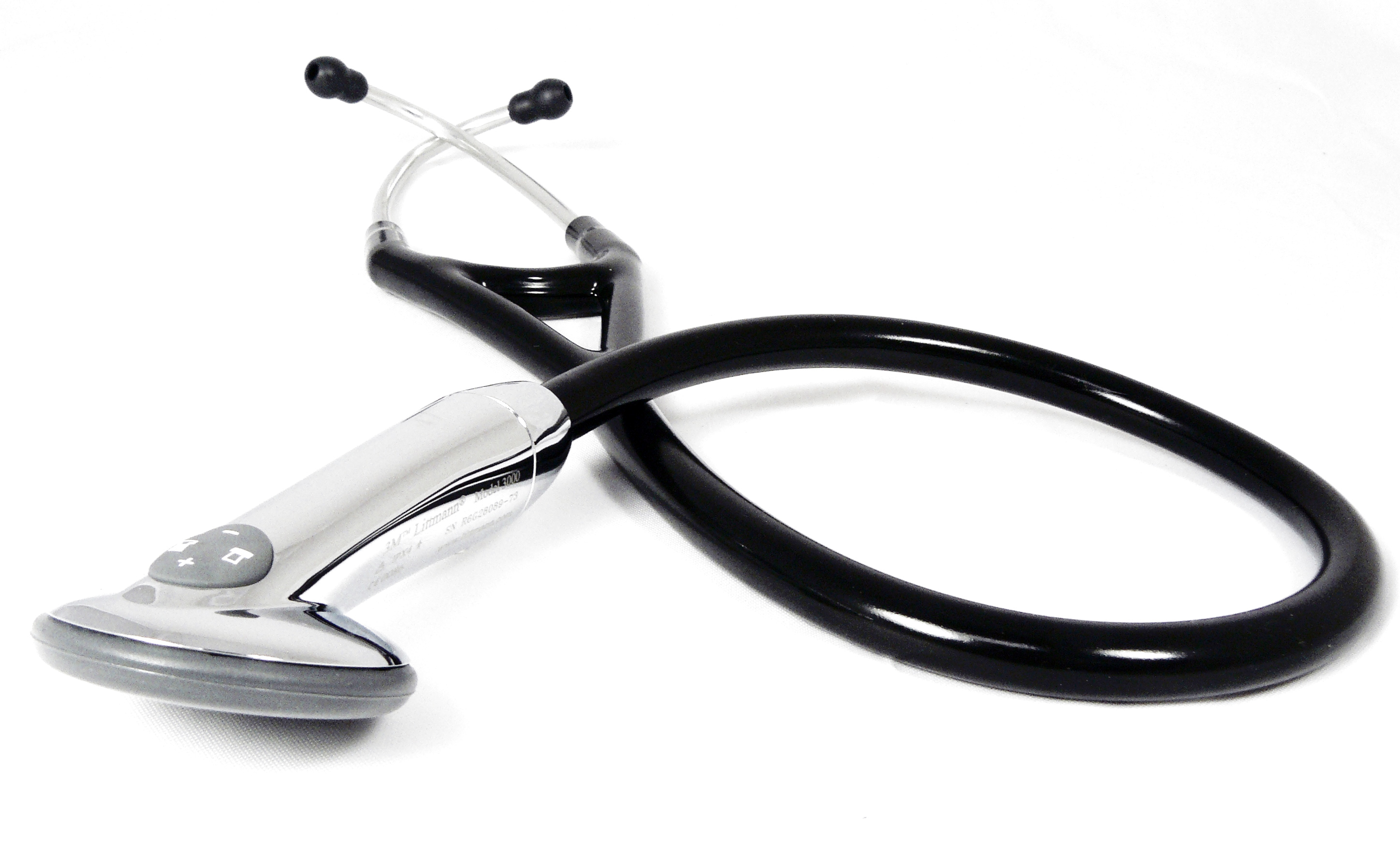The United States has the highest per-capita spending on health care of any nation in the world, it is home to some of the world’s best hospitals and doctors and is often the origin of cutting-edge medical technology. But millions still don’t have any health insurance, even after major improvements to the health care system through the Affordable Care Act. This vast inequality is encapsulated in the racial divide in healthcare outcomes — a divide that begins and with the fundamental building block of the healthcare system: the doctor’s office.
Several important indicators suggest that Americans have become healthier over the past decades: an increase in life expectancy; a decrease in the prevalence of heart disease, cancer and diabetes; as well as a decline in child obesity all point in this direction. Still, the good news comes with a catch — health disparities between white Americans and minority populations in the US persist, including inequalities in access to health care and in the quality of treatment received. Partly as a result of such discrepancies, minorities in the United States are on average less healthy than white people, some minority group’s life expectancies, for example, are roughly five years shorter than that for whites.
Health disparities between racial groups can be traced to a number of reasons. One of them is class: racial minorities are overrepresented in low socioeconomic groups, making it more difficult for them to afford high quality health services, or any health services at all. Class is also correlated with a lack of education, including health education, and a 1999 study found connections between low socioeconomic status and an increased likelihood of unhealthy behaviors like smoking and a lack of exercise.
However, there are reasons for health disparities between racial groups that are unrelated to outside social factors such as class, and have more to do with processes within the health care sector itself. A 2003 report on racial disparities in health care points out that twice as many black Americans as whites — 12.5 percent versus 6.6 percent — received no treatment for prostate cancer when they were under the care of a physician. In addition, the report found that there are notable racial differences in the proportion of Medicare patients who receive cardiovascular procedures: African-American patients are one-half to one-third less likely to receive needed treatment than their white counterparts are. Notably, these stark disparities exist even after eliminating any differences in insurance access since all the patients in the report were covered under Medicare. Since lower rates of intervention are correlated with lower rates of survival, lack of treatment for minority patients partially explains worse health outcomes for minority communities.
Differences in access to health care or insurance don’t satisfactorily explain these disparities, because the structural discrimination that is key to understanding unequal health outcomes across racial groups begins in the doctor’s office. Even though doctors are in principle well meaning, subconscious discrimination can have adverse effects on their treatment of minority patients.
Although it is easy to attribute biased doctor-patient interactions to the highly politicized issue of overt racism in the United States, this reasoning isn’t quite sound. A 2003 study found that nearly all health care professionals claim to have equal respect for their patients and try to provide effective care universally. Hence, what emerges in patient-doctor encounters is a more complex, subtle and destructive form of racism. This kind of structural discrimination results mainly from subconscious biases and prejudices, stereotyping and the difficulty that doctors have interpreting information from a patient of a different race.
Stereotyping on the part of physicians — conscious or subconscious — contributes to worse health outcomes in some patient groups based on their race. A 2012 report that reviewed possible consequences of stereotyping on patients concluded that certain patient groups may receive less emotional support, more unnecessary surgical procedures and less thorough care; as a result of these biases these patients suffer from differential care. Furthermore, an important factor that exacerbates this structural racism is stress, a prevalent phenomenon in medical settings. Stress, combined with the inherent uncertainty of clinical data available to physicians, increases the negative effects of stereotyping and implicit biases. The more difficult and uncertain the conditions are in which physicians have to provide treatment, the more they rely on subconscious decision making. As a result, medical settings are especially susceptible to intuitive and unconscious thinking, which creates a fertile arena for stereotyping.

Another compounding influence is that physicians don’t pick up as easily on subtle information when that information is provided by patients of a different race. Beyond the layer of verbal communication, a white physician may subconsciously fail to notice or understand small movements or other nonverbal communication transmitted by a black patient — cues a black physician may have more easily noticed. In their 2003 study, Smedley and colleagues identified exactly this problem: Minorities with white doctors face problems of miscommunication. The study even provides a specific example: expression of pain symptoms is different among cultural groups; so a white physician may be more likely to refer a white patient for testing than a Latino or black patient, because he understands this patient’s pain reports better.
The problem of subconscious bias is complicated by the fact that even when doctors are aware that are biased, awareness and acknowledgement is not enough to resolve the problem. Since physicians’ good intentions are insufficient to eliminate bias, changing the way the health care industry treats minority patients must become the priority in addressing structural racial discrimination.
One potential solution is increasing the diversity of the health care workforce. The hope is that physicians of the same racial group as their patients can provide the best possible treatment because they will neither subconsciously discriminate against them, nor misunderstand their nonverbal communication. An application of this principle could be a “matching program” between provider and patient. Researchers have pointed out the importance of the “match of care to need” concept and suggested that pairing patients with physicians of the same racial group could help eliminate structural discrimination. Such a matching strategy could not only help resolve issues of discrimination, but might also increase patients’ confidence in their medical professionals — another important factor in patients receiving the care they need.
Although most minority patients express satisfaction with the treatment they receive from their physicians, evidence shows that minority patients are more inclined to refuse treatments prescribed by white doctors. And this is more likely to be the case if minority patients feel that there is a lack of respect towards them in a clinical encounter. The American Journal of Public Health study found that doctors “tended to dominate conversations with African-American patients, pay less attention to their personal and psychological needs and make patients feel less involved in making decisions about their health.” If minority patients are treated by providers of the same racial group, then it’s possible and even likely that these complications would be mitigated.
However, despite the noted benefits, there are also significant drawbacks to racial matching. Matching patients with providers of the same racial group would, in a sense, institutionalize segregation. In addition, minority providers would be more likely to become treatment hubs for lower socioeconomic classes, because minority individuals are overrepresented in such groups. A resulting consequence could be that pharmaceutical and other health care companies would pay little attention to racial minority providers. In the long-term, a matching program could well have detrimental effects on both parties involved.
A more middle-ground solution would be to increase the number of physicians who identify as belonging to a minority group without necessarily matching patients and physicians. This strategy would, instead, naturally increase the interactions of same-race patients and physicians, resulting in better care. Additionally, this policy would have a positive externality for society at large: Striving to increase the number of minority physicians to match the percentage of the minority population in the United States may not only enhance health outcomes, but also contribute to an overall improvement in equality of employment opportunities and socioeconomic status across races.
Increasing minority presence in the health care workforce is a task that is inextricably related to equal educational opportunity and equality in other social systems that, even if successfully altered, will take a long time to show results. Presently, the immediate challenge remains providing the best possible care for all patients with the current health care workforce. Dr. Augustus White of the Harvard Medical School has advocated for “humanizing” patients in an effort to eliminate bias on part of the provider. According to this philosophy, although physicians work under constant time pressure, they should still try to get to know their patients. Better understanding between doctors and patients helps minimize miscommunication, stereotyping and discrimination.
Standardization, a perhaps contradictory method, has also been suggested as a useful tool to combat the detrimental effects of subconscious physician bias. This philosophy introduces methods such as having physicians use checklists to simplify the medical encounter, which is expected to contribute to equal treatment of all patients. The idea is to eliminate bias based on the personalization of doctor-patient encounters. Although humanizing the patient and standardization of the clinical encounter may sound contradictory, these two methods may, in fact, complement each other — physicians are more likely to treat all patients equally if they know their patients, and if they follow standardized procedures.
Although ensuring that physicians provide the best possible treatment for all their patients equitably is a difficult, and likely long, endeavor, there is hope: A 2012 study found that medical students who were asked to provide relatively simple treatment in especially low-stress conditions showed equitable distribution of treatments — without bias by race or ethnicity. Whether that is associated with the new generation of doctors or simply with the low-stress conditions, the study shows a glimmer of hope.
A combination of different efforts will be necessary to help provide the same treatment for all patients, eliminating the discriminative effects of physicians’ subconscious bias. Some of the most important steps in this process will include an awareness, on the part of the physicians, that their race may affect their decision-making; a conscious effort on their part to counterbalance this effect; training in medical school and thereafter; a more diverse workforce; standardized check-lists; increased patient willingness to trust their physicians; and an effort by physicians to get to know their patients. Together, these initiatives will go a long way towards making Americans healthier — all Americans.
Image Credit: Stethoscopes, Electronic stethoscope, CC BY-SA 3.0
